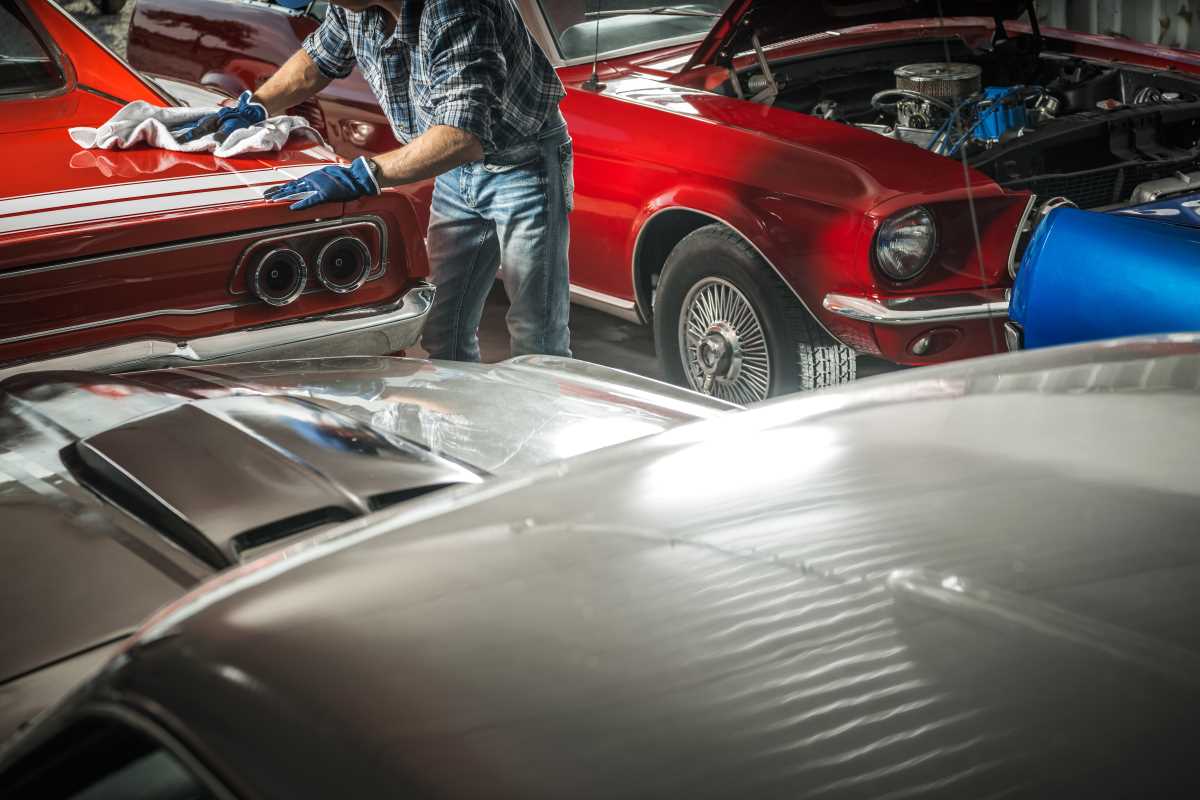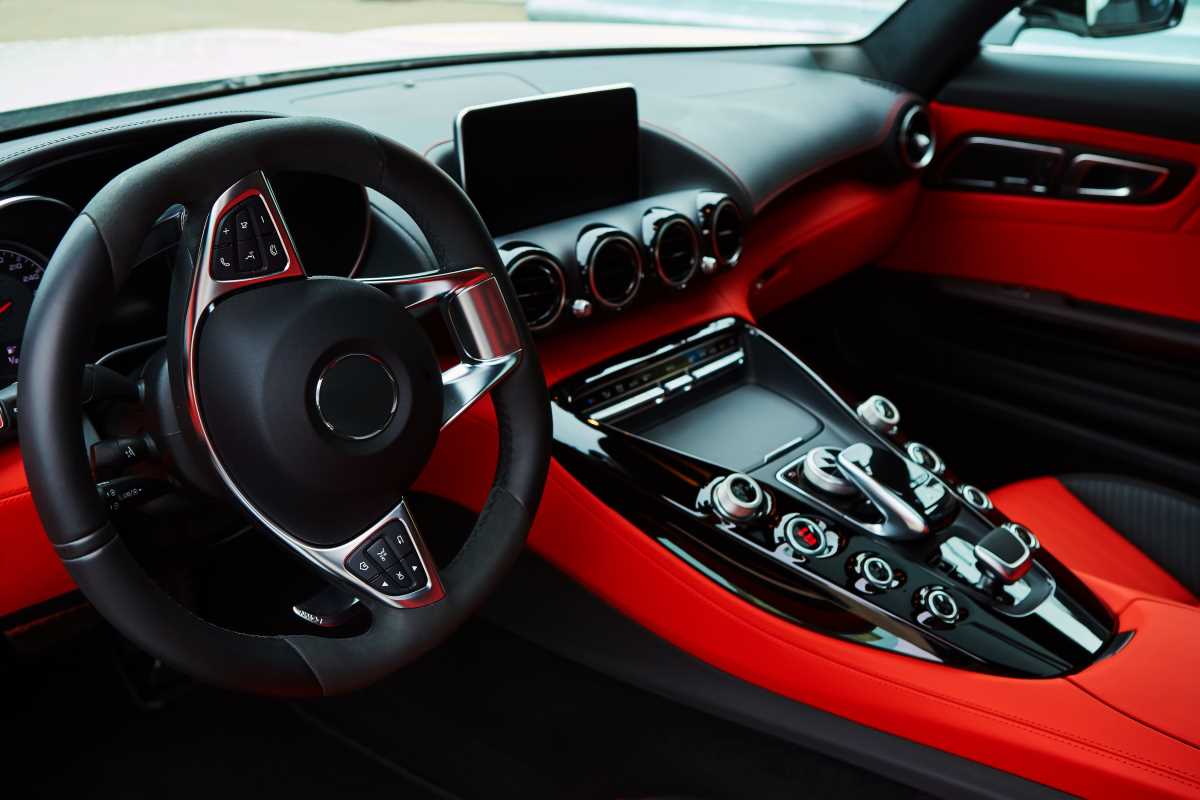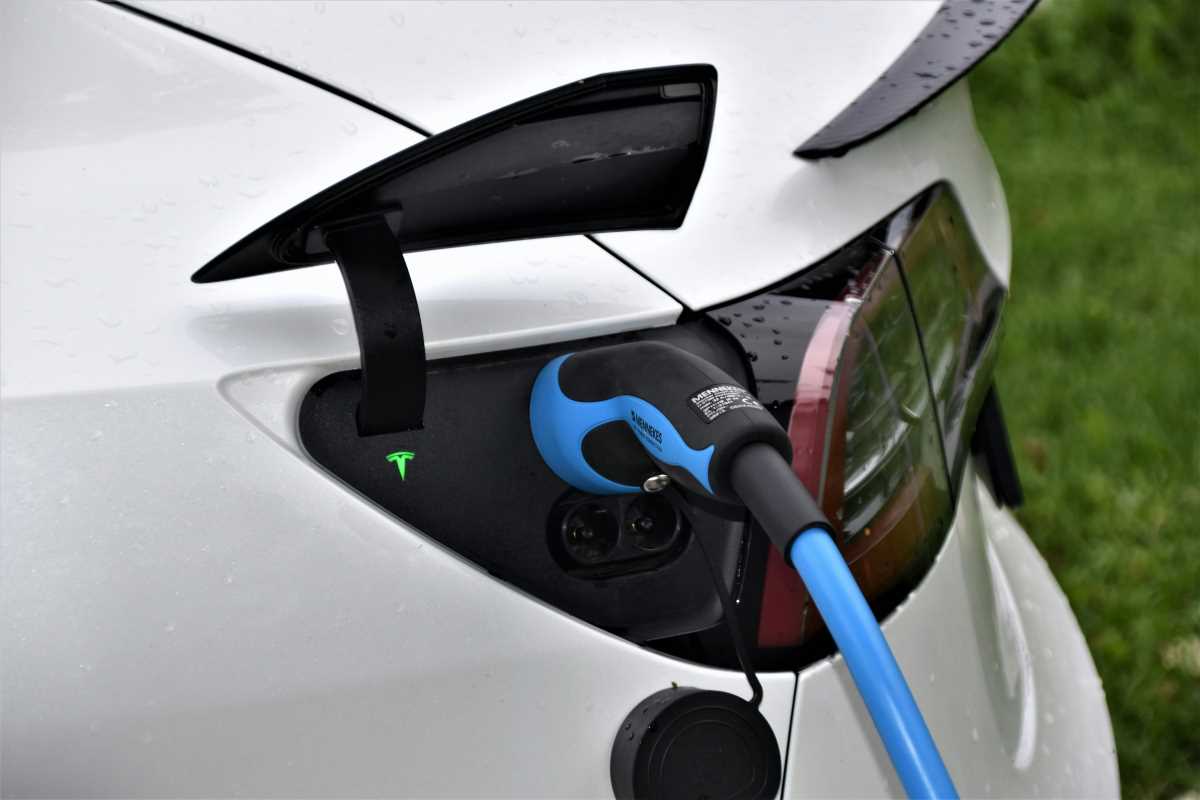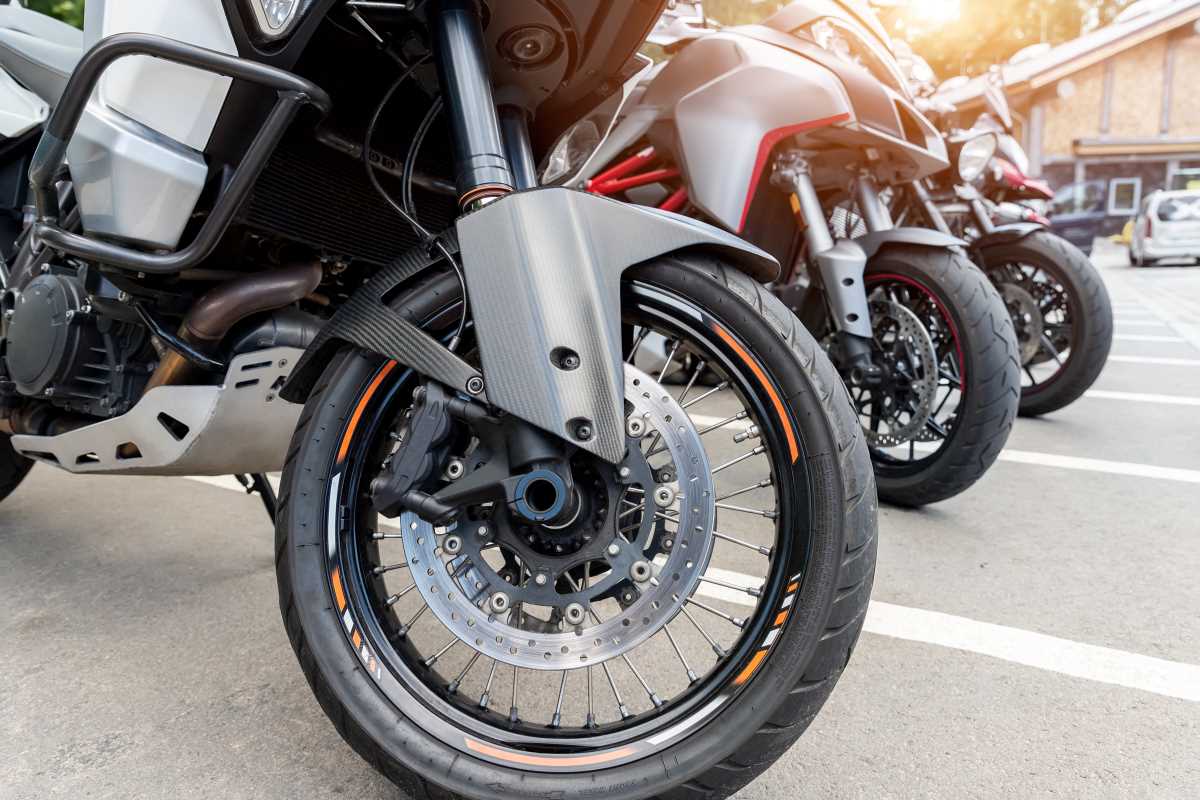Bringing a classic car back to life and improving its fuel economy offers a rewarding mix of challenge and satisfaction. Each gleaming detail and polished chrome accent adds to your pride, yet the real joy comes when you notice increased miles per gallon on those long drives. Through careful maintenance and thoughtful updates—such as optimizing the engine, upgrading ignition systems, or installing more efficient carburetors—you preserve the timeless look and feel of your favorite ride. These updates help reduce fuel consumption without sacrificing the soul that makes your classic unique, allowing you to enjoy the road ahead with greater confidence and fewer stops at the pump.
Start by figuring out where your car stands right now. You gain confidence when you actually know its baseline fuel consumption before diving into adjustments.
Assessing Your Classic Car’s Baseline Efficiency
Begin with a straightforward test drive that covers a consistent route you know well. Record the miles per gallon (MPG) over at least three tanks of fuel to iron out anomalies. Write down the conditions—weather, speed, payload—so you can compare results later.
Next, inspect your tires and inflation levels. Underinflated tires increase rolling resistance, lowering MPG. Check pressures when the tires are cold, and use the manufacturer’s recommended psi. Finally, scan for engine codes or check-engine lights. Even minor issues like a faulty oxygen sensor can skew your baseline.
- Fill the tank completely and reset trip odometer.
- Drive your typical mix of city and highway roads.
- Refill at the same station and note gallons added and miles driven.
- Calculate MPG and track over multiple fill-ups.
With these numbers in your logbook, you’ll spot genuine gains once you start making upgrades.
Engine Tuning and Upgrades
Fine-tuning the engine remains one of the most direct ways to improve mileage. An optimized air-fuel ratio ensures each drop of gasoline delivers maximum power and minimal waste.
Consider swapping components that manage airflow and combustion. A freer-flowing intake manifold or a modern electronic ignition can sharpen throttle response while trimming unburned fuel.
- Edelbrock performance intake manifolds cut internal restrictions and smooth airflow.
- Holley electronic fuel injection conversions replace old carburetors for precise metering.
- High-performance spark plugs and ignition coils boost the consistency of each spark.
- Lightweight aluminum cylinder heads reduce engine mass and improve cooling.
Lean-tuning requires balance. Work with a dynamometer or a tuner who understands classic engine quirks. A safe air-fuel ratio enhances economy without risking engine knock.
Optimizing Fuel Delivery Systems
Carburetors dominated classic era cars, but you can modernize your fuel delivery for better efficiency. Upgrading to an electronic fuel injection (EFI) system delivers precise metering based on real-time sensor input. You enjoy smoother idle, quicker startups, and lean cruises on the highway.
If you prefer to keep the vintage look, adjustable carburetor jets and a high-flow fuel pump can salvage some efficiency. Keeping fuel lines clear of deposits still matters, so flush or replace them at each major service interval.
Add sensor upgrades like a modern wideband oxygen sensor to dial in the air-fuel mixture dynamically. Pair it with a standalone engine management unit so the engine reacts instantly to load and RPM changes.
Lightweight Materials and Aerodynamic Improvements
Shedding pounds from your classic car increases efficiency more than raw horsepower mods. Replace heavy steel body panels with aluminum or fiberglass alternatives where authenticity allows. Lightweight wheels and a smaller battery also play a role.
Streamline the exterior to cut through the air more cleanly. A subtle front air dam under the bumper reduces turbulence, while a removable rear spoiler can tame lift at speed. Fill gaps around headlights or add flat sealed polyurethane windshield wipers to reduce drag.
Look at underbody treatments. Smooth the belly pan with sheet metal or protective coatings that fill crevices. Air flowing beneath the chassis without catching on brackets or rust bumps translates directly into higher MPG.
Regular Maintenance Best Practices
Keeping your classic car in top shape prevents hidden efficiency drains. Follow a maintenance checklist tailored to older engines, even if modern replacements feel bulletproof.
Focus on wear items that often get overlooked during a restoration. Plan maintenance around time and mileage, not just the car’s show schedule.
- Use synthetic or high-quality engine oil. Lower-viscosity oils reduce internal friction while protecting bearings.
- Swap fuel and air filters every 10,000 miles or once a year. Clean filters ensure unimpeded airflow and pure fuel delivery.
- Balance and align wheels to prevent uneven tire wear and rolling resistance.
- Inspect ignition wires and distributor caps annually for corrosion or cracks that can cause weak sparks.
Detailed service logs help you spot trends: rising oil consumption, declining compression readings, or slow throttle response all signal a tune-up or deeper rebuild before efficiency drops significantly.
Integrating Modern Efficiency Technologies
New technologies designed for modern cars can work quite well with classic restorations. For example, an electronic throttle control (ETC) kit can deliver consistent throttle response and smoother fuel curves.
Think about adding a mild hybrid system that supports regenerative braking and electric assist. These bolt-on kits store energy in a small battery during deceleration, then feed it back during acceleration to reduce engine load.
Advanced engine management systems with smartphone interfaces let you tweak maps during a drive. You can experiment with different tuning setups, log data, and refine settings for maximum efficiency.
While maintaining that old-school aesthetic, you give your classic car a competitive edge on fuel economy charts, making every drive feel more modern without losing vintage soul.
These methods work together to give your restored classic the best of both worlds: timeless style and stronger fuel economy. Start with a clear baseline, make targeted upgrades, stick to diligent maintenance, and weave in modern tech.







